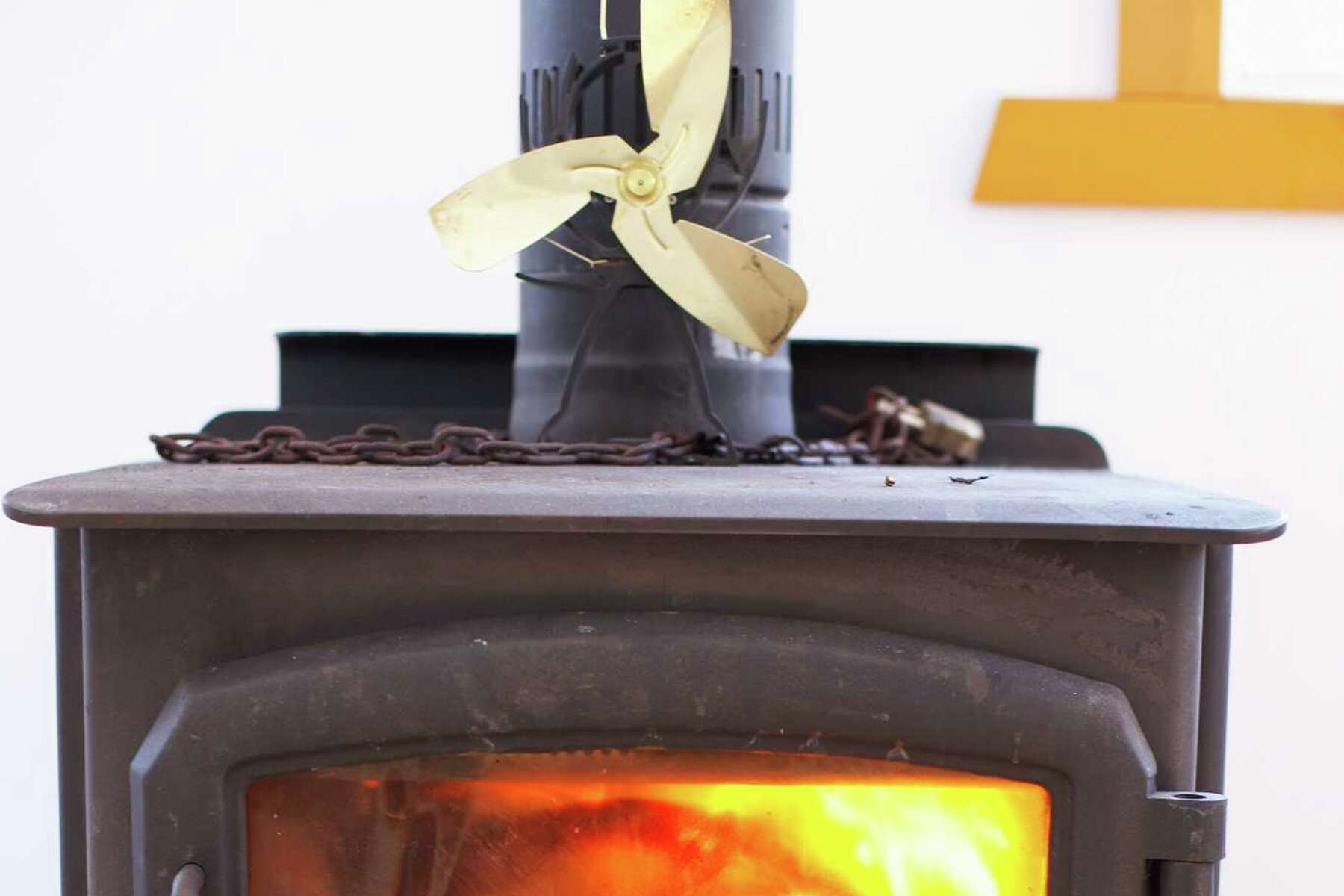

Articles
How To Stop Wind From Blowing Down Chimney
Modified: August 28, 2024
Learn effective techniques and strategies in our latest articles on how to prevent wind from blowing down your chimney and ensure a safe and efficient fireplace experience.
(Many of the links in this article redirect to a specific reviewed product. Your purchase of these products through affiliate links helps to generate commission for Storables.com, at no extra cost. Learn more)
Introduction
When it comes to enjoying a cozy evening by the fireplace, there is nothing more frustrating than a gust of wind blowing down your chimney and filling your living room with smoke. Not only does this ruin the ambiance, but it can also be a health hazard and a detriment to your overall comfort.
Wind blowing down the chimney is a common problem that many homeowners face. It can occur during windy weather conditions or even when there is a sudden change in wind direction. The force of the wind can create a negative pressure inside the chimney, causing air to flow in the opposite direction and preventing the smoke from properly venting out.
In this article, we will explore the common problems caused by wind in chimneys and provide effective solutions to prevent wind from blowing down your chimney and disrupting your fireplace experience.
Key Takeaways:
- Prevent wind from ruining your fireplace experience by installing a wind-resistant chimney cap, using a wind blocker, or adding a draft inducer to counteract negative pressure caused by wind.
- Assess your chimney’s vulnerability to wind and consider creating a wind deflector to redirect wind away from the chimney opening. Consult professionals for tailored solutions to enjoy a safe and efficient fireplace experience.
Understanding the Issue
To effectively address the issue of wind blowing down the chimney, it is important to understand the factors that contribute to this problem. One key factor is the difference in air pressure between the inside and outside of the chimney.
Typically, the warm air from the fire creates a natural upward draft that carries smoke and combustion byproducts out of the chimney. However, when strong winds blow against the chimney, they can create a higher pressure outside the chimney than inside. This pressure imbalance disrupts the natural draft, causing the smoke to flow back into the living space.
Another contributing factor to this issue is the chimney’s design and construction. Chimneys that are exposed to the full force of the wind without any protective measures are more vulnerable to downdrafts. Additionally, chimneys that are too short or have a large opening at the top can create an easier path for the wind to enter and blow down.
Understanding the science behind this problem will help guide us in finding effective solutions to prevent wind from blowing down the chimney and restore the proper ventilation of the fireplace.
Common Problems Caused by Wind in Chimneys
When wind blows down the chimney, it can cause a variety of problems that can disrupt the functionality of your fireplace and impact your home’s comfort. Here are some common issues caused by wind in chimneys:
- Smoke and Odor: The most obvious problem is the backflow of smoke and odor into your living space. This not only ruins the atmosphere but can also be a health hazard, especially for those with respiratory conditions.
- Poor Combustion: When the natural draft is disrupted, it affects the combustion process. The lack of proper airflow can lead to inefficient burning and incomplete combustion, resulting in lower heat output and wasted fuel.
- Carbon Monoxide Buildup: In extreme cases, if the chimney is completely blocked by wind, it can cause dangerous levels of carbon monoxide to accumulate in your home. Carbon monoxide is a colorless, odorless gas that is harmful to humans and can be fatal in high concentrations.
- Drafts and Cold Air Infiltration: When the wind blows down the chimney, it can create drafts that enter your home through the fireplace. This can make the room feel colder, especially in winter. Additionally, cold air infiltration can result in higher heating costs as you try to compensate for the lost heat.
- Damage to Chimney Components: The force of the wind blowing down the chimney can put stress on various chimney components, such as the liner, damper, and masonry. Over time, this can cause cracks, deterioration, and other structural damage.
Understanding the problems associated with wind in chimneys highlights the importance of finding effective solutions to prevent these issues and maintain the proper functioning of your fireplace.
Assessing Your Chimney’s Vulnerability to Wind
Before implementing solutions to prevent wind from blowing down your chimney, it’s essential to assess the vulnerability of your chimney to wind. This will help you determine the most appropriate measures to take. Here are some factors to consider when evaluating your chimney:
- Location and Surroundings: Take note of your chimney’s location in relation to other structures, nearby tall trees, or tall buildings that may create a wind tunnel effect. These factors can amplify the impact of wind on your chimney.
- Chimney Height: The height of your chimney plays a significant role in its vulnerability to wind. If your chimney is relatively short, it may be more prone to downdrafts compared to taller chimneys.
- Chimney Cap: Inspect your chimney cap to ensure it is in good condition and properly installed. A damaged or missing chimney cap can allow wind to enter the chimney more easily.
- Chimney Draft: Observe the draft in your chimney by lighting a small piece of paper and holding it near the flue opening. If the smoke is drawn up smoothly, the draft is likely functioning properly. However, if the smoke is blown back into the room, it indicates a draft issue that may be exacerbated by wind.
- Wind Patterns: Take note of prevalent wind patterns in your area. Is there a particular direction from which the wind usually blows? This information will help you anticipate and address wind-related challenges more effectively.
By assessing these factors, you can gain a better understanding of your chimney’s vulnerability to wind and make informed decisions when implementing solutions to prevent downdrafts.
Solutions to Prevent Wind from Blowing Down the Chimney
Now that you understand the common problems caused by wind in chimneys and have assessed your chimney’s vulnerability, it’s time to explore effective solutions to prevent wind from blowing down your chimney. Here are some options to consider:
- Installing a Chimney Cap: A chimney cap serves as a barrier that prevents wind from directly entering the chimney. It also helps keep out rain, debris, and animals. Choose a chimney cap with a wind-resistant design and make sure it is properly installed to ensure optimal performance.
- Using a Wind Blocker or Windshield: A wind blocker or windshield is a device that helps redirect or disrupt the wind around the chimney, minimizing its impact. These can be installed on the rooftop or attached to the chimney itself.
- Adding a Draft Inducer: A draft inducer, also known as a chimney fan or draft booster, is a mechanical device that creates a positive pressure inside the chimney, counteracting the negative pressure caused by wind. It effectively enhances the draft and prevents downdrafts.
- Creating a Wind Deflector: A wind deflector is a structure or hood installed on the rooftop near the chimney to redirect the wind away from the chimney opening. It helps create a buffer zone and reduces the force of the wind on the chimney.
- Installing a Wind-Resistant Chimney Cap: If standard chimney caps are not providing sufficient protection, consider investing in a wind-resistant chimney cap specifically designed to withstand strong winds. These caps are built with features that minimize wind entry and downdrafts.
It’s important to note that the effectiveness of these solutions may vary depending on the specific circumstances of your chimney and the severity of wind in your area. Consulting with a professional chimney sweep or HVAC technician can provide valuable insights and guidance tailored to your situation.
By implementing these solutions, you can significantly reduce the occurrence of wind blowing down your chimney and enjoy a more enjoyable and safer fireplace experience.
Installing a Chimney Cap
Installing a chimney cap is one of the most effective and commonly recommended solutions to prevent wind from blowing down your chimney. A chimney cap acts as a protective barrier that covers the top opening of the chimney, preventing wind, rain, debris, and animals from entering.
When it comes to wind prevention, it is important to choose a chimney cap with a wind-resistant design. These caps are specifically engineered to minimize the impact of wind on the chimney and to maintain proper ventilation. They typically feature a special design that allows air to flow freely while deflecting wind from entering the chimney shaft.
Installing a chimney cap is a relatively simple process that can be done DIY or by hiring a professional. Here are the steps involved:
- Measure the dimensions of your chimney flue opening to ensure you select the right size chimney cap.
- Clean the chimney and remove any existing debris or obstructions.
- Position the chimney cap over the flue opening, ensuring it covers the entire opening and secure it in place according to the manufacturer’s instructions.
- Ensure that the chimney cap is properly aligned and securely attached to prevent it from being dislodged by strong winds.
- Inspect the chimney cap regularly to ensure it remains in good condition, with no signs of damage or blockage.
By installing a wind-resistant chimney cap, you create a barrier that helps redirect the wind and prevents it from blowing down your chimney. This allows for a more consistent and efficient draft, ensuring that smoke and odors are properly vented out of your home.
It is worth noting that chimney caps also offer additional benefits beyond wind prevention. They provide protection against rain, snow, animals, and debris, which can prolong the lifespan of your chimney and improve its overall functionality.
Installing a chimney cap is an affordable and effective solution to prevent wind from blowing down your chimney. It is typically considered a necessary addition to any chimney system, providing a safeguard against various issues while enhancing safety and performance.
Install a chimney cap to prevent wind from blowing down the chimney. This will also keep out rain, snow, and animals.
Using a Wind Blocker or Windshield
Another effective solution to prevent wind from blowing down your chimney is the use of a wind blocker or windshield. These devices are specifically designed to disrupt or redirect the wind around the chimney, minimizing its impact on the draft.
A wind blocker or windshield can be installed on the rooftop, near the chimney, or directly on the chimney itself. The purpose is to create a barrier or obstruction that interrupts the flow of wind, reducing its force and preventing it from entering the chimney opening.
There are different types of wind blockers available, including chimney caps with integrated wind deflectors, wind baffles, and wind walls. The choice of the appropriate wind blocker depends on factors such as the chimney’s design, the direction of prevalent winds, and the severity of the wind in your area.
Here are the steps involved in using a wind blocker to prevent wind from blowing down your chimney:
- Identify the desired location for the wind blocker. This can be on the rooftop near the chimney or directly on the chimney itself.
- Securely install the wind blocker according to the manufacturer’s instructions. This may involve mounting brackets, screws, or other attachment methods.
- Ensure that the wind blocker is positioned in a way that disrupts the flow of wind and creates a buffer zone around the chimney opening.
- Regularly inspect the wind blocker to ensure it remains in good condition, making any necessary repairs or adjustments as needed.
Using a wind blocker or windshield can be a practical and cost-effective solution for preventing wind from blowing down your chimney. It helps redirect or disrupt the wind, reducing its impact on the draft and maintaining the proper ventilation of your fireplace.
It is important to note that the effectiveness of a wind blocker may vary based on the specific wind patterns in your area and the design of your chimney. In some cases, a combination of different wind prevention measures, such as using a chimney cap in conjunction with a wind blocker, may provide optimal results.
Consulting with a professional chimney sweep or HVAC technician can help you determine the most appropriate wind blocker solution for your chimney and ensure it is correctly installed for maximum effectiveness.
Adding a Draft Inducer
Another effective solution to prevent wind from blowing down your chimney is by adding a draft inducer, also known as a chimney fan or draft booster. A draft inducer is a mechanical device that creates a positive pressure inside the chimney, counteracting the negative pressure caused by wind.
A draft inducer is typically installed at the top of the chimney or inside the flue pipe. It works by actively pulling air out of the chimney, creating a stronger and more consistent draft. This helps to overcome the force of wind blowing down the chimney and ensures that smoke and combustion byproducts are properly vented.
Here are the steps involved in adding a draft inducer to your chimney:
- Consult with a professional chimney sweep or HVAC technician to determine the appropriate type and size of draft inducer for your chimney.
- Prepare the installation area by ensuring it is clean and free from debris.
- Mount the draft inducer on the top of the chimney or inside the flue pipe, following the manufacturer’s instructions.
- Connect the draft inducer to a power source, typically using an electrical cord or hardwiring it to an electrical circuit.
- Test the draft inducer to ensure it is functioning properly and creating the desired positive pressure inside the chimney.
Adding a draft inducer to your chimney can significantly improve the draft and counteract the negative pressure caused by wind. By creating a stronger and more reliable draft, it prevents wind from blowing down the chimney and ensures proper ventilation of your fireplace.
It is important to note that the installation of a draft inducer may require the expertise of a professional technician. They can provide guidance on selecting the right draft inducer for your chimney size and configuration and ensure proper installation and integration into your chimney system.
Adding a draft inducer is a more advanced solution compared to other methods mentioned earlier. Therefore, it is advisable to consult with a professional to ensure that it is the most suitable solution for your specific chimney and wind conditions.
Creating a Wind Deflector
Creating a wind deflector is another effective solution to prevent wind from blowing down your chimney. A wind deflector is a structure or hood installed on the rooftop near the chimney, specifically designed to redirect the flow of wind away from the chimney opening.
Here are the steps involved in creating a wind deflector:
- Assess the direction from which the prevailing winds in your area typically blow. This will help you determine the optimal location for the wind deflector.
- Select a suitable material for the wind deflector, such as metal or a durable plastic. Ensure it is sturdy enough to withstand strong wind forces.
- Design and construct the wind deflector in a way that will effectively disrupt and redirect the wind away from the chimney opening. It should create a buffer zone that helps to minimize the impact of wind on the chimney.
- Install the wind deflector securely on the rooftop, positioning it in a way that takes into consideration the prevailing wind patterns and the chimney’s location.
- Regularly inspect the wind deflector to ensure it remains in good condition and make any necessary repairs or adjustments as required.
A well-designed wind deflector can effectively create a barrier between the wind and the chimney opening, reducing the force of the wind blowing down your chimney. By redirecting the wind away from the chimney, it helps maintain the proper ventilation and prevents smoke and odors from entering your living space.
It’s important to note that the effectiveness of a wind deflector may vary depending on factors such as wind patterns, the design of your chimney, and the location of your home. Consulting with a professional chimney sweep or HVAC technician can provide valuable insights and guidance in creating an appropriate wind deflector tailored to your specific needs.
Creating a wind deflector is a custom solution that requires careful consideration of your chimney’s location and wind conditions. With the right design and installation, a wind deflector can significantly reduce the impact of wind on your chimney and ensure a more efficient and enjoyable fireplace experience.
Read more: How To Stop Patio Doors Blowing In The Wind
Installing a Wind-Resistant Chimney Cap
Installing a wind-resistant chimney cap is another effective solution to prevent wind from blowing down your chimney. Unlike standard chimney caps, wind-resistant chimney caps are specifically designed to withstand strong winds and minimize the impact of wind on the draft of your chimney.
Here are the steps involved in installing a wind-resistant chimney cap:
- Measure the dimensions of your chimney flue opening to ensure you select the right size wind-resistant chimney cap.
- Choose a wind-resistant chimney cap that is specifically designed to deflect wind and create a barrier against downdrafts.
- Clean the chimney and remove any existing debris or obstructions.
- Position the wind-resistant chimney cap over the flue opening, ensuring it covers the entire opening and is aligned correctly.
- Securely attach the wind-resistant chimney cap using the provided fasteners or brackets, following the manufacturer’s instructions.
- Inspect the installation to ensure the chimney cap is securely attached and properly sealed, with no gaps or openings for wind to enter.
- Regularly inspect and maintain the wind-resistant chimney cap to ensure it remains in good condition and free from damage or blockage.
A wind-resistant chimney cap is designed with features that effectively deflect wind and create a buffer zone around the chimney opening. This reduces the force of the wind blowing down the chimney, helping to maintain proper ventilation and prevent downdrafts.
It’s important to note that wind-resistant chimney caps provide additional benefits beyond wind prevention. They also offer protection against rain, debris, and animals, enhancing the longevity and safety of your chimney.
When installing a wind-resistant chimney cap, it is recommended to consult with a professional chimney sweep or HVAC technician. They can provide expert guidance on selecting the appropriate wind-resistant chimney cap for your specific chimney and wind conditions. Additionally, they can ensure proper installation to maximize the effectiveness of the chimney cap in preventing wind-related issues.
By installing a wind-resistant chimney cap, you can significantly reduce the occurrence of wind blowing down your chimney and enjoy a more consistent and efficient fireplace experience.
Conclusion
Dealing with wind blowing down your chimney can be a frustrating and inconvenient issue. However, by implementing the right solutions, you can prevent downdrafts and enjoy a properly functioning fireplace. Throughout this article, we have explored various solutions to tackle this problem.
We have discussed the importance of understanding the issue and assessing your chimney’s vulnerability to wind. By identifying factors such as location, chimney height, and wind patterns, you can gain insights into the specific challenges your chimney faces.
We have explored effective solutions to prevent wind from blowing down the chimney. Installing a wind-resistant chimney cap provides a protective barrier and deflects wind. The use of a wind blocker or windshield disrupts the wind flow, while adding a draft inducer creates positive pressure to counteract wind-induced negative pressure. Creating a wind deflector redirects the wind away from the chimney opening, and employing a wind-resistant chimney cap further enhances wind prevention.
It is important to consider the specific conditions and characteristics of your chimney when selecting and implementing these solutions. Consulting with professionals, such as chimney sweeps or HVAC technicians, can provide valuable guidance tailored to your specific situation.
By taking proactive measures and implementing the appropriate solutions, you can prevent wind from blowing down your chimney, ensuring a safe, efficient, and enjoyable fireplace experience. Remember to regularly inspect and maintain your chimney and its components to address any potential issues promptly.
So, don’t let wind disrupt your fireplace enjoyment. Take action today and implement these solutions to keep the wind at bay and preserve the cozy ambiance of your home.
Frequently Asked Questions about How To Stop Wind From Blowing Down Chimney
Was this page helpful?
At Storables.com, we guarantee accurate and reliable information. Our content, validated by Expert Board Contributors, is crafted following stringent Editorial Policies. We're committed to providing you with well-researched, expert-backed insights for all your informational needs.
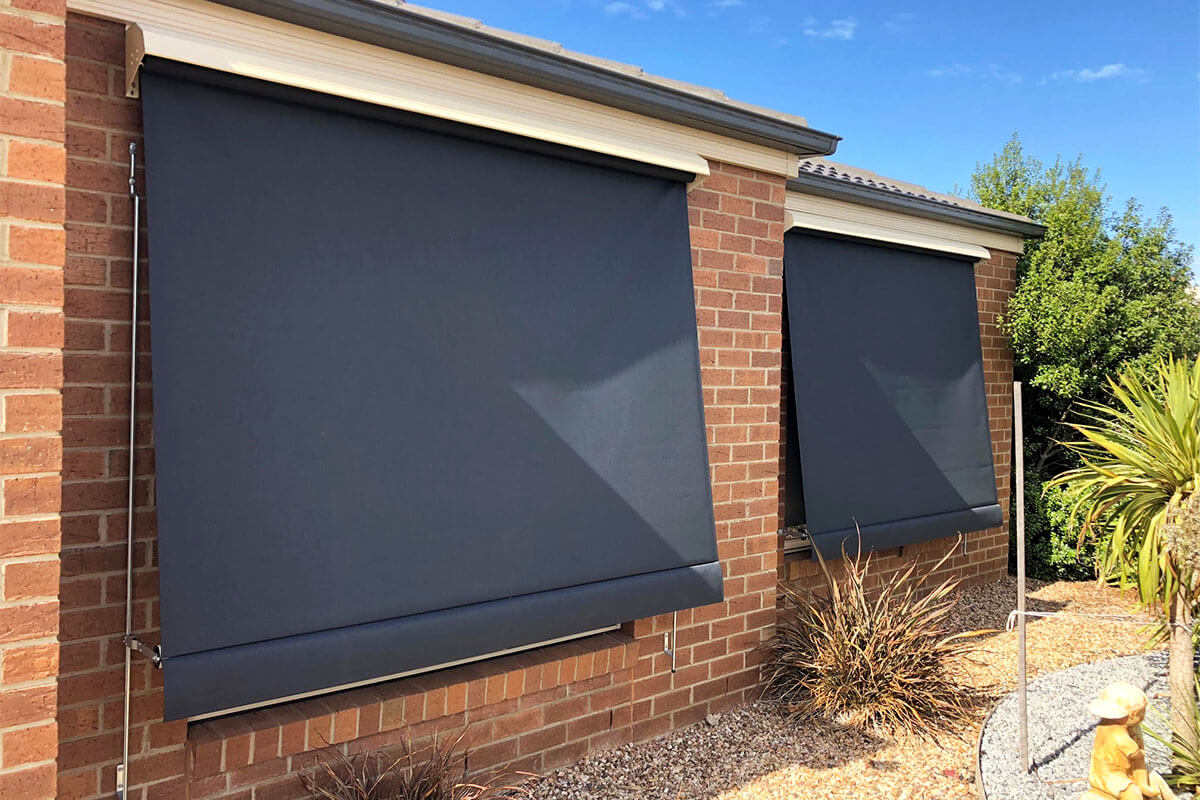
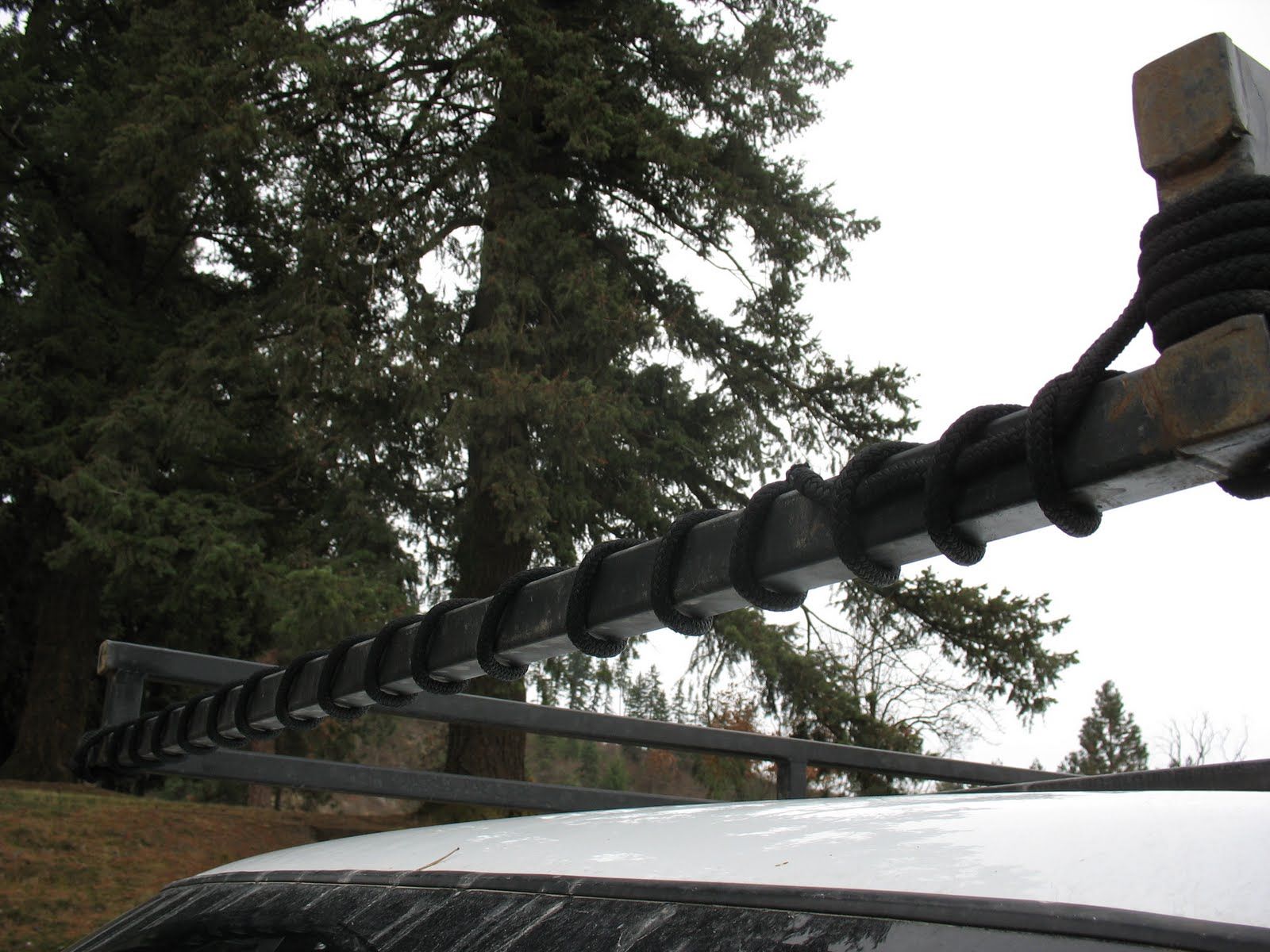
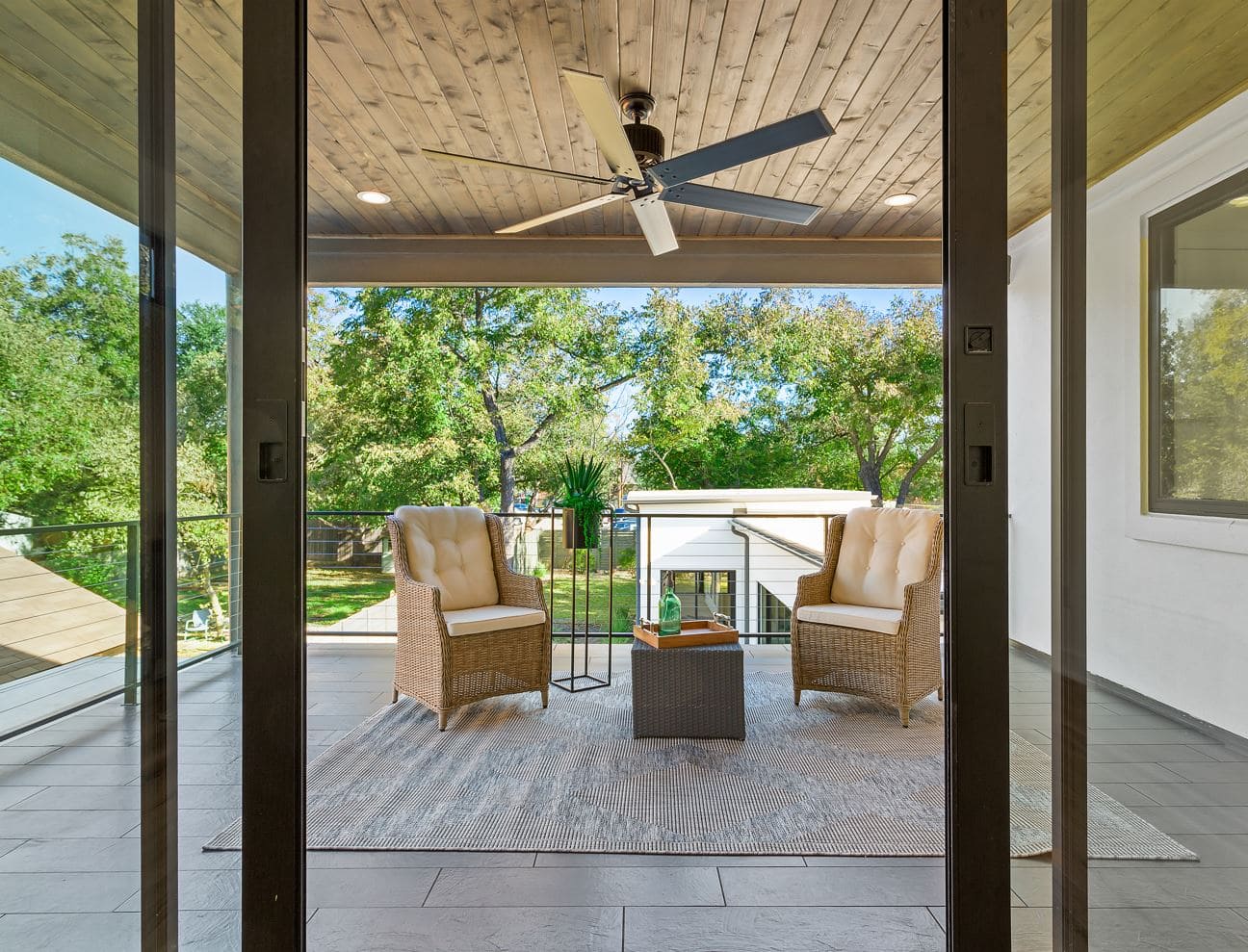
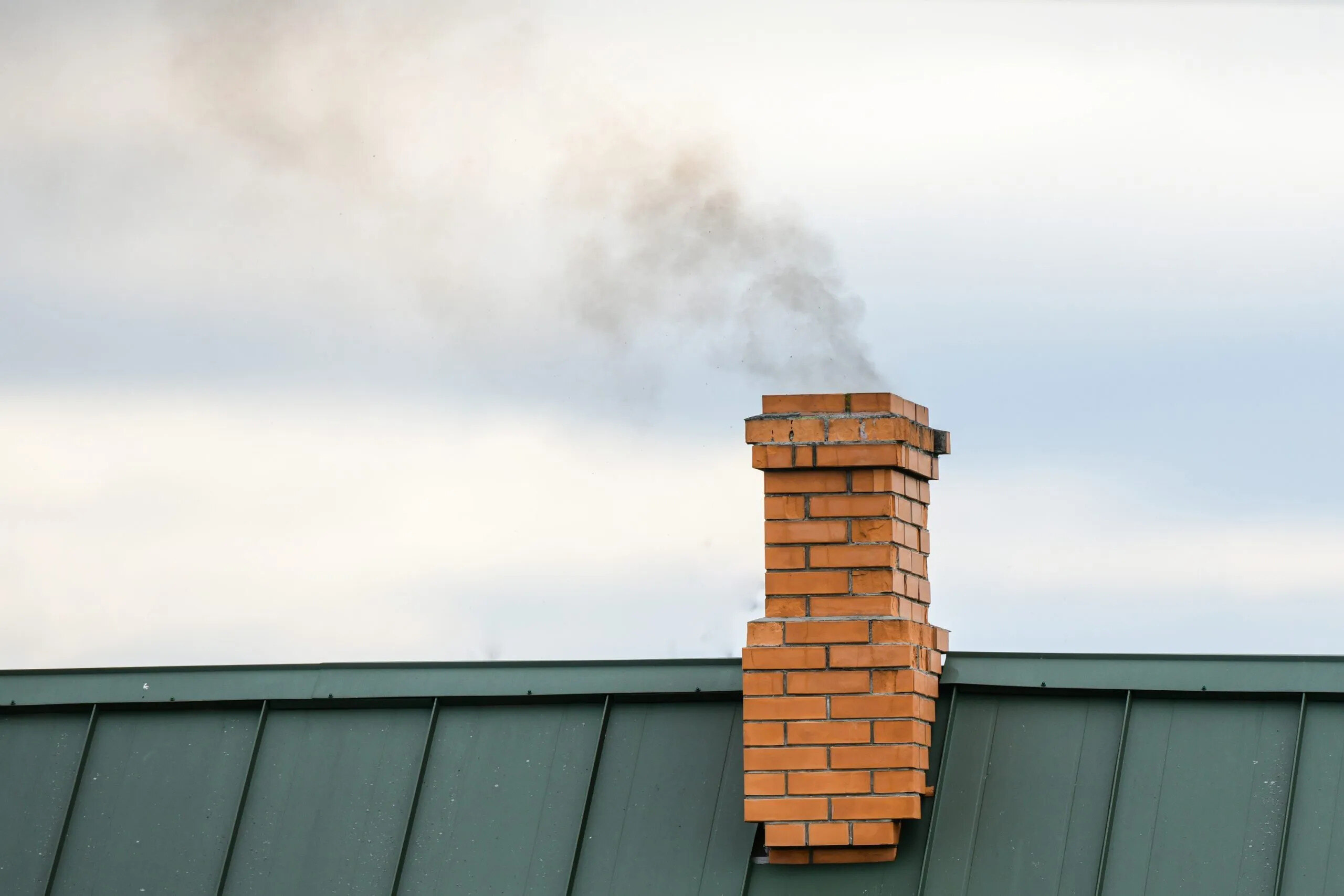
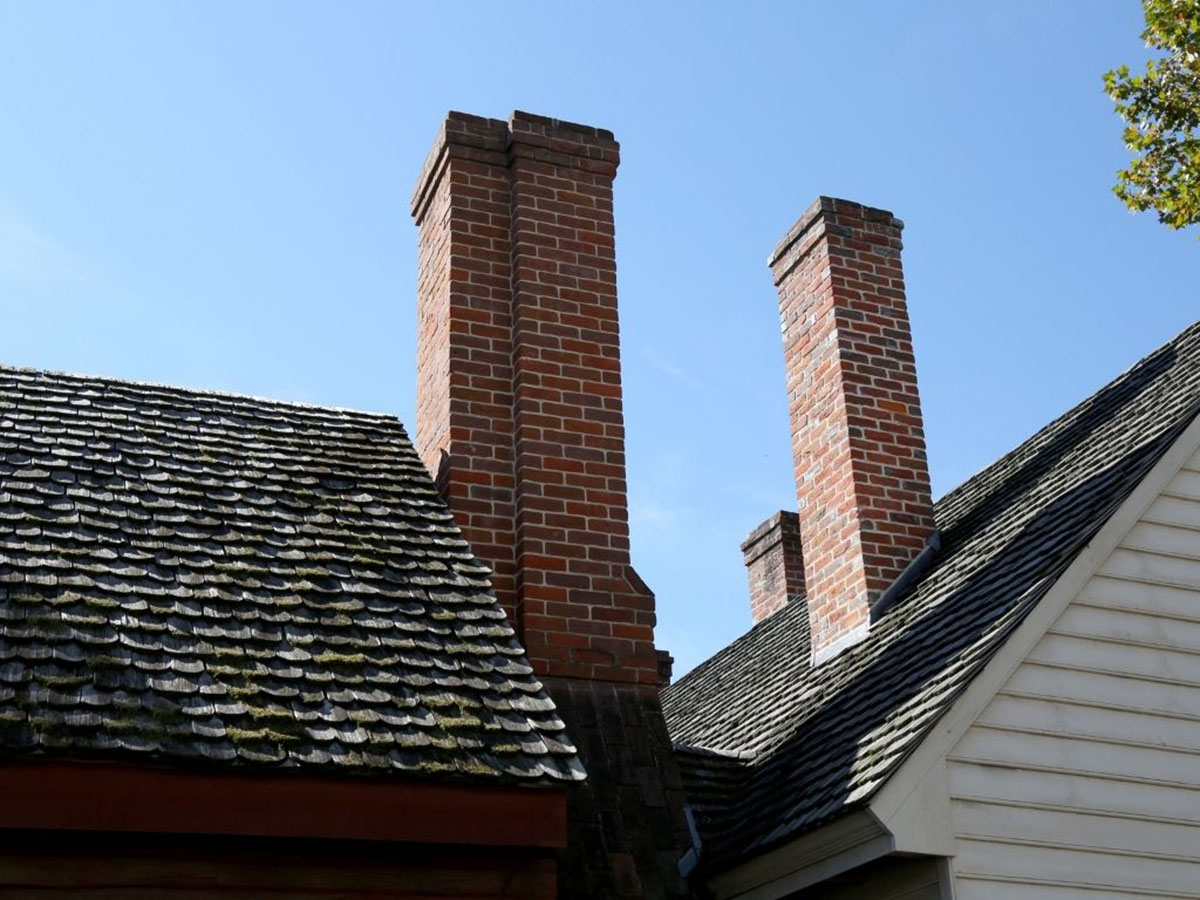
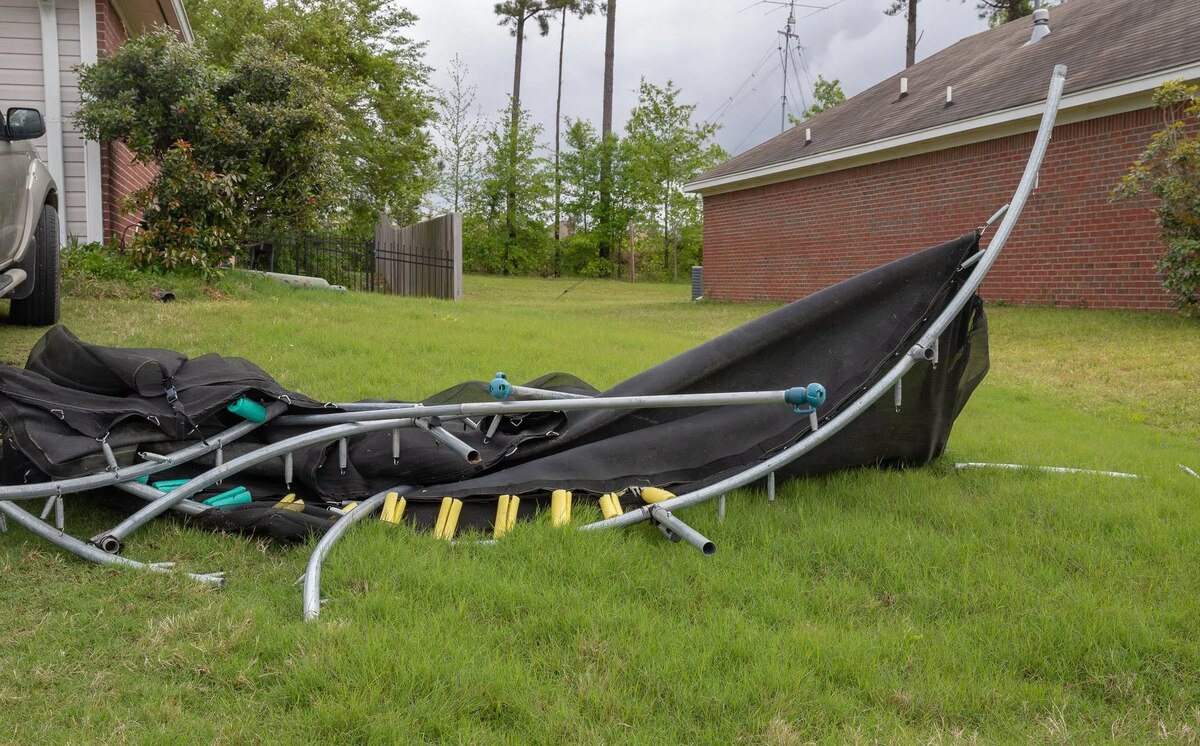
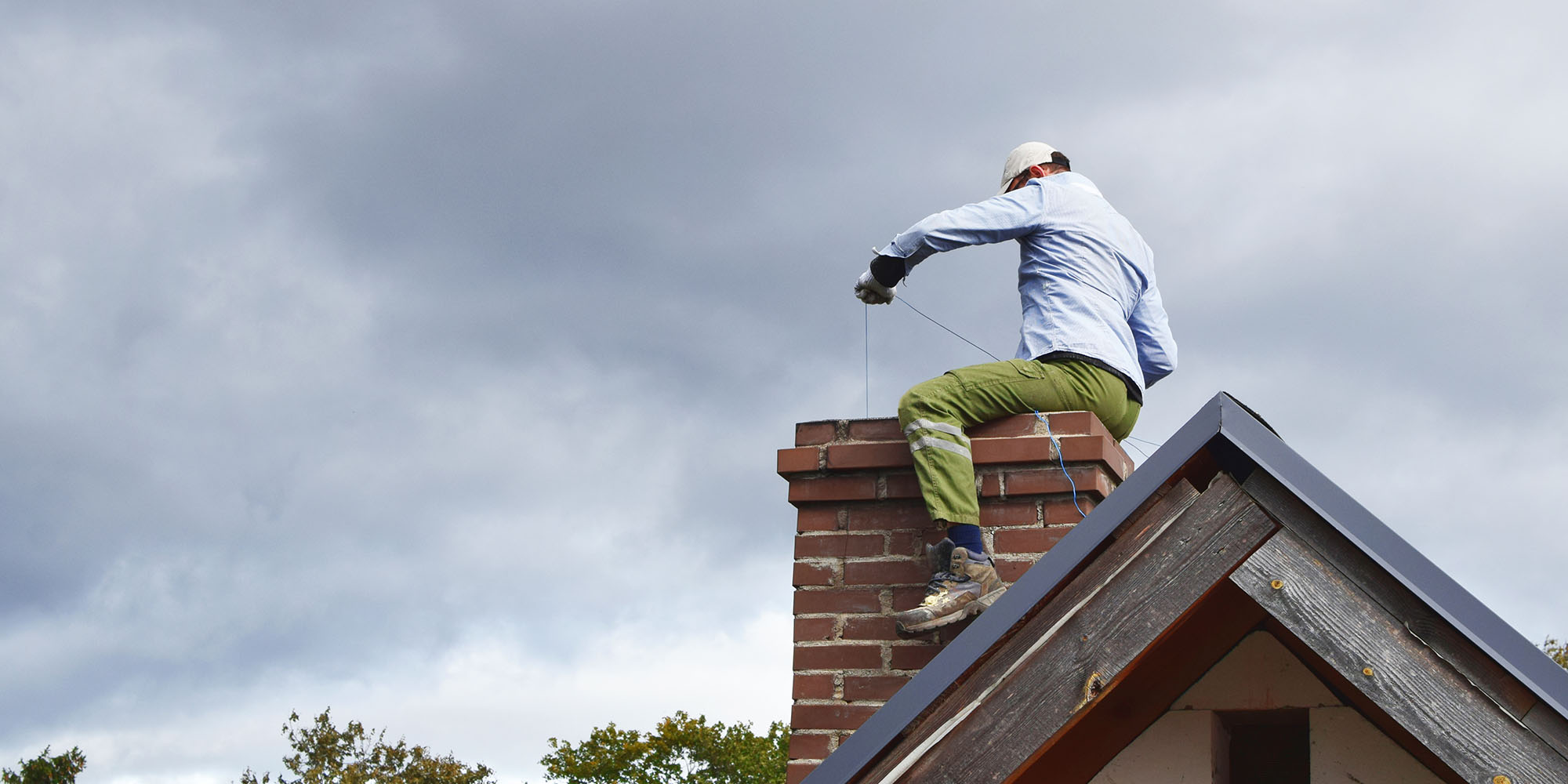
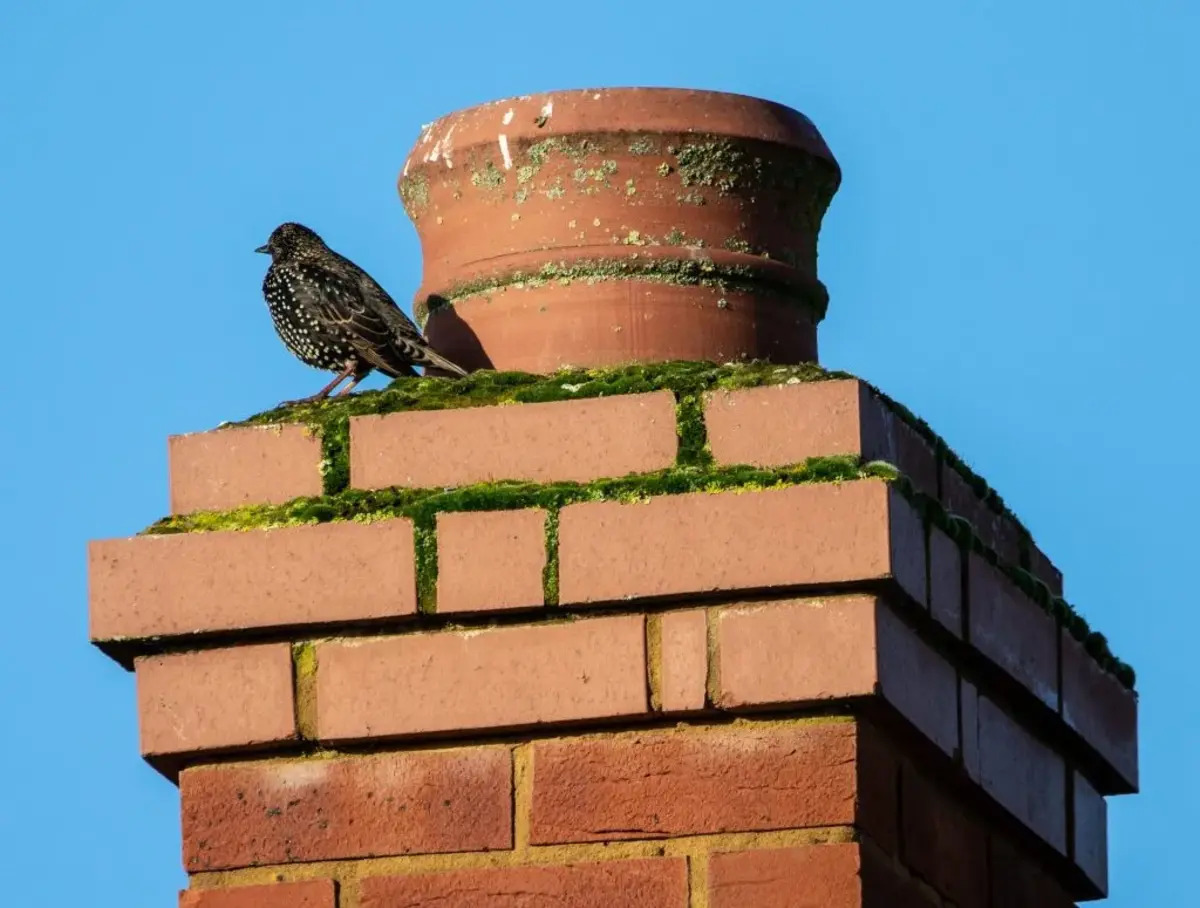
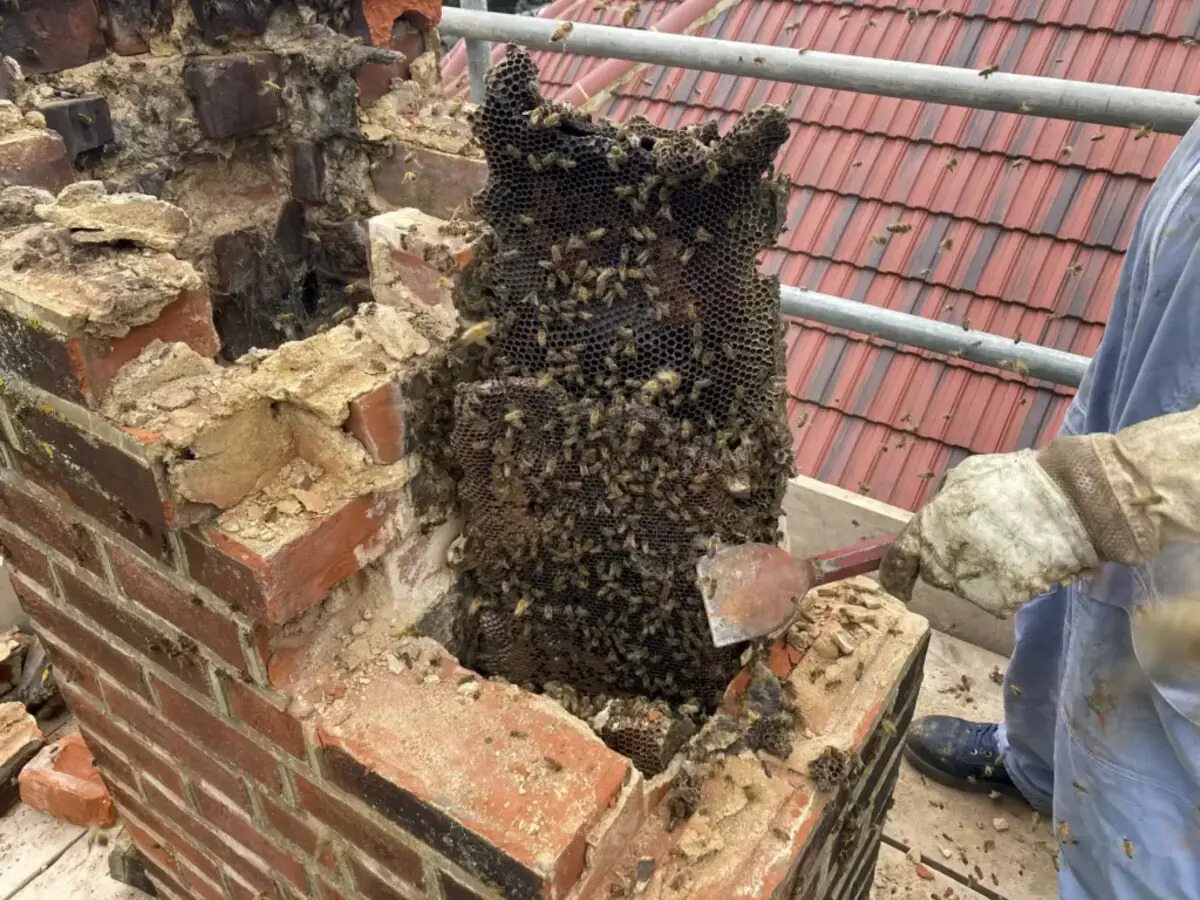

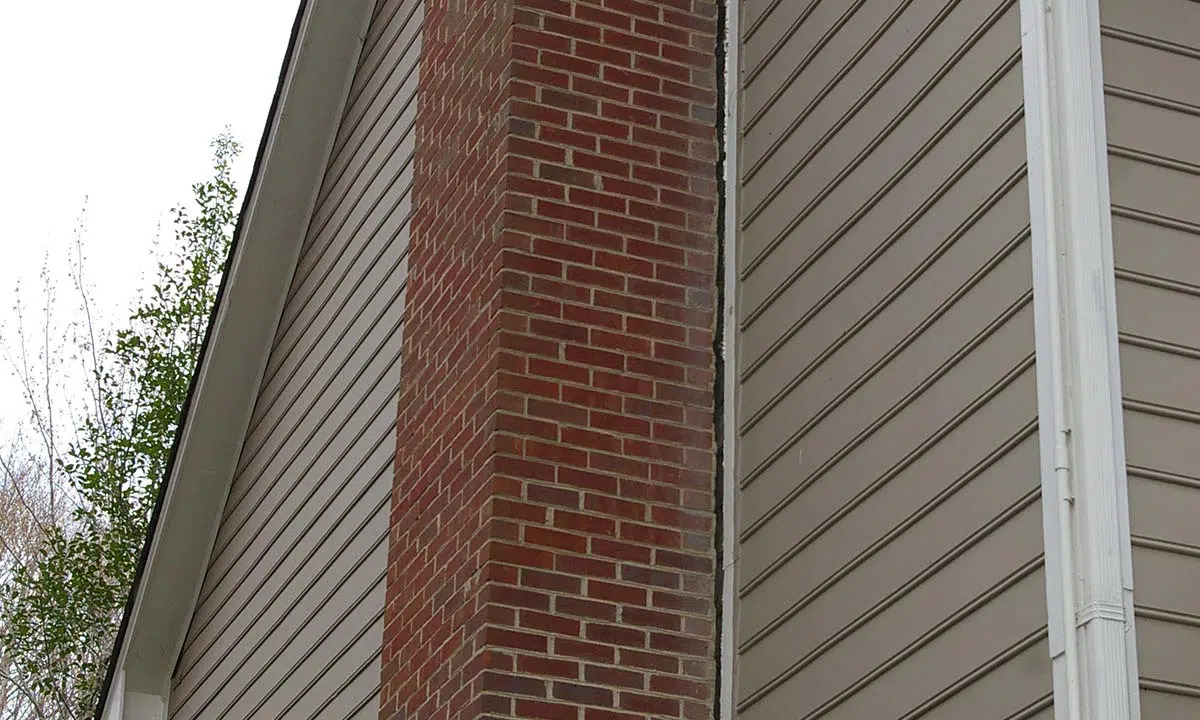
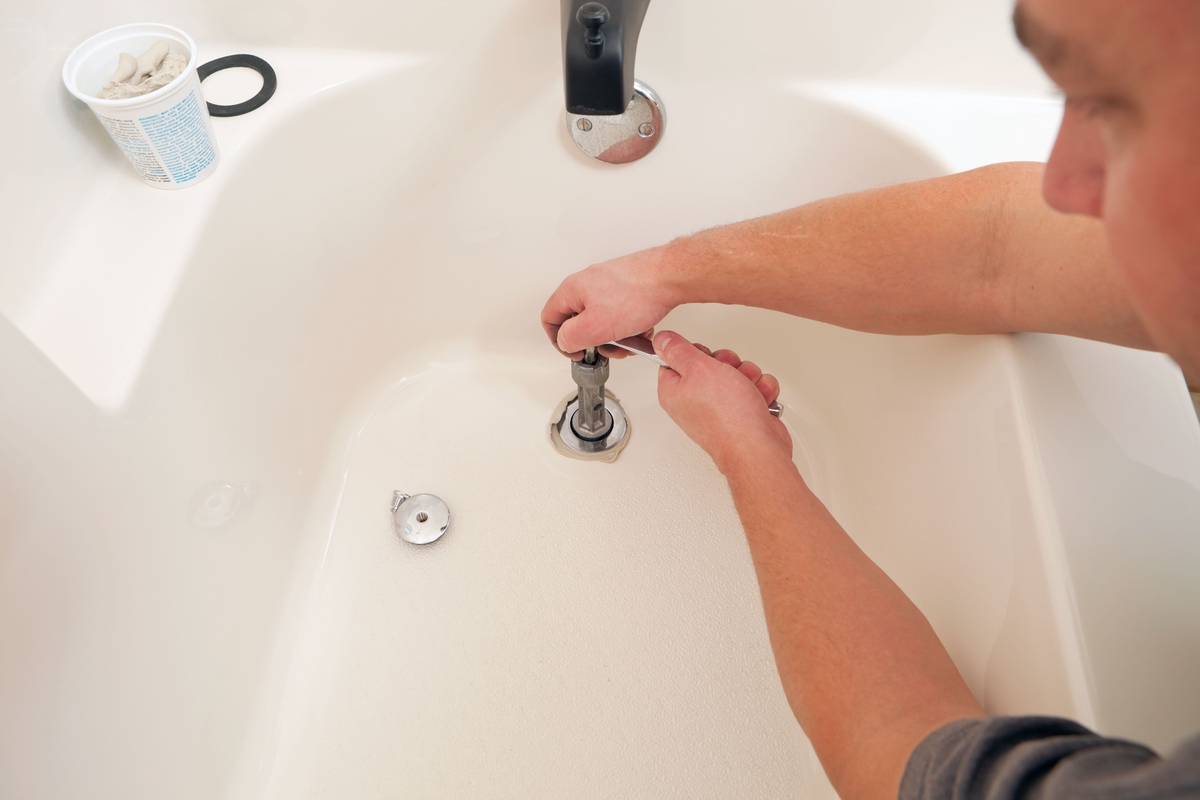
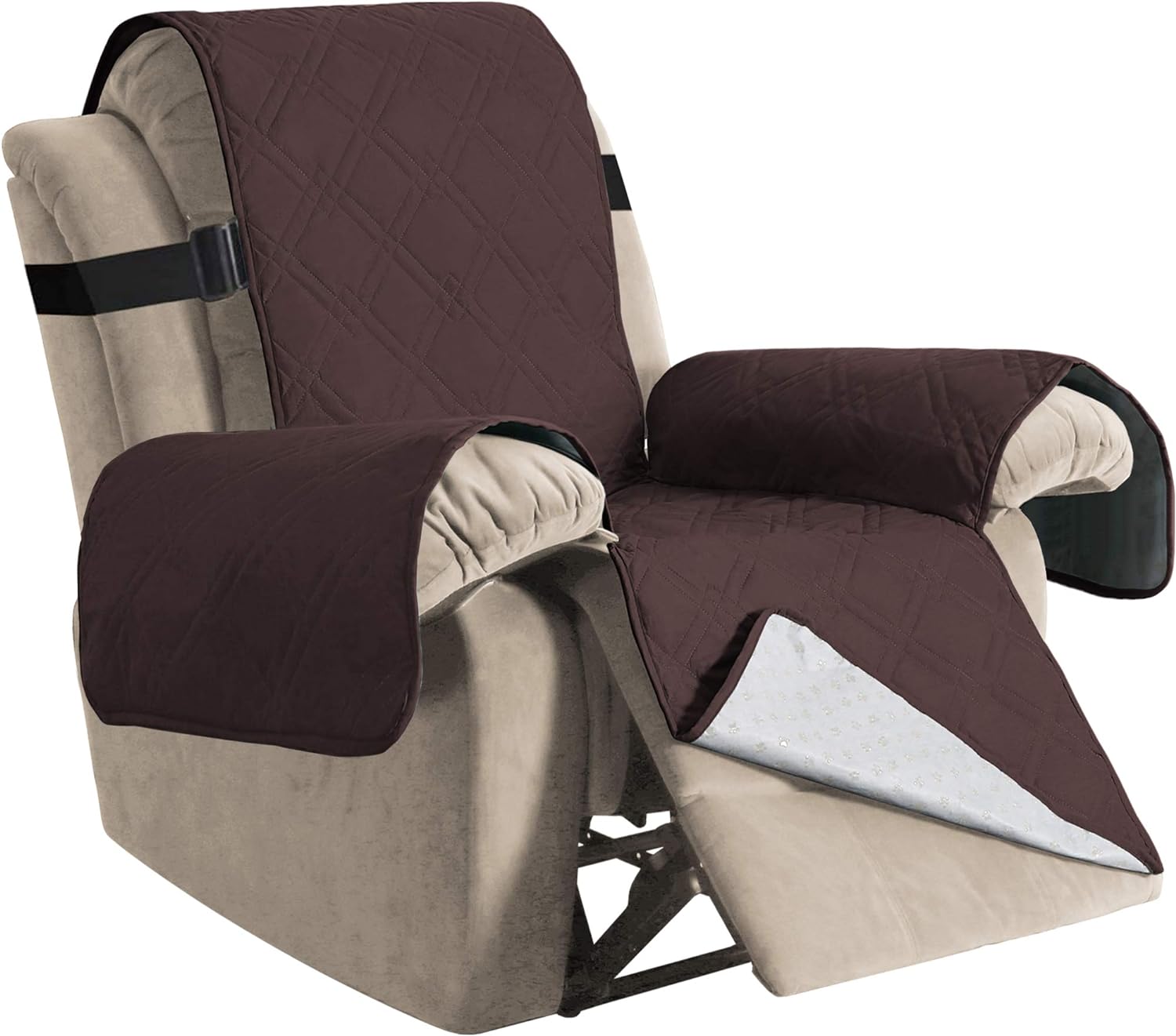

0 thoughts on “How To Stop Wind From Blowing Down Chimney”